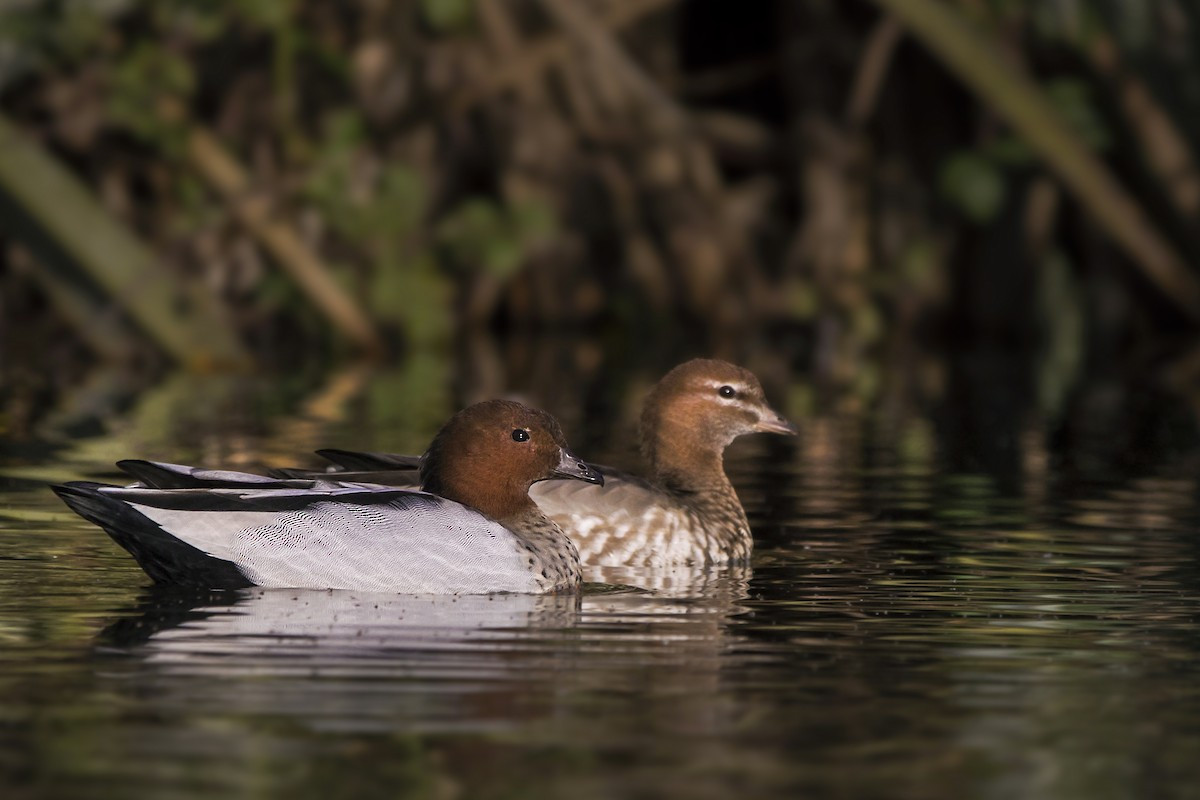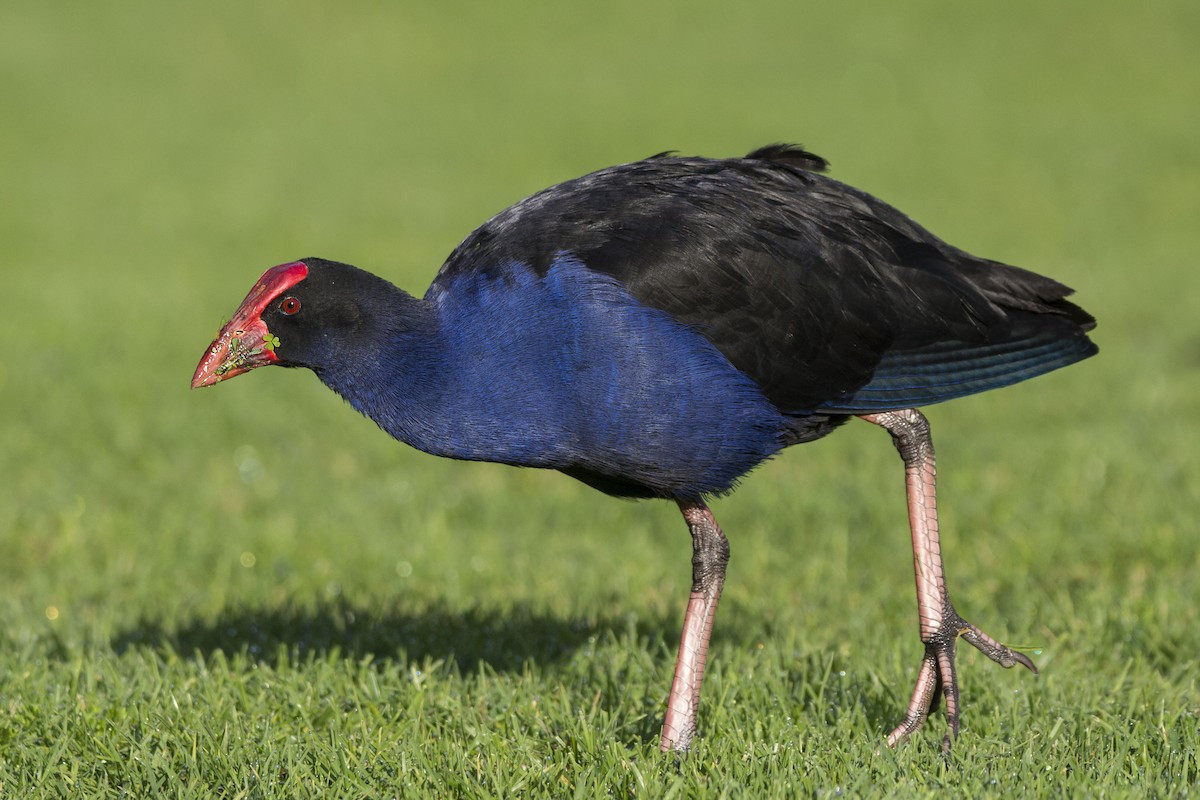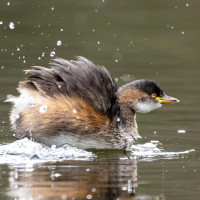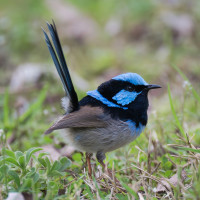Opis
The Tahbilk Wetlands and Wildlife Reserve comprises some 1,214 hectares of river flats with an 11 km frontage to the Goulburn River and 8 km of permanent backwaters and creeks. Their warm, slow moving, water is a haven for indigenous flora and fauna. In 1995 the first steps were taken to regenerate the wetland through the addition of understory vegetation. Planted to provide habitat necessary to attract greater numbers of native birds and animals. Prior to opening in 2005 these efforts were complemented by nature walking paths, timber boardwalks and two bird hides. You can observe many birds along the paths and from one of the bird hides along the route.
Szczegóły
Dostęp
Visitors must register at the Tahbilk Wetlands Café or at the winery Cellar Door if the café is closed. This 6 km trail starts near the café where there is ample parking. Click on the P in the map for directions or coordinates. The path meanders through the protected wetlands before looping back to its starting point. Visitors must wear closed shoes when walking the trail and should keep an eye out for snakes.
Teren i siedlisko
Tereny podmokłe , Rzadkie drzewa i krzewyWarunki
BagiennyTrasa dookoła
TakCzy luneta będzie przydatna ?
NieUdany sezon obserwacyjny
Przez cały rokNajlepszy czas na wizytę
WiosnaTrasa
Szeroka ścieżka , Wąski szlakPoziom trudności szlaku pieszego
Średnio wymagający spacerDostępne
PieszoCzatownia/platforma obserwacyjna
TakDodatkowe informacje
Photo Tahbilk Wetlands by Rexness, CC BY-SA 2.0, via Wikimedia Commons
 Rexness via Wikimedia Commons.jpg)





